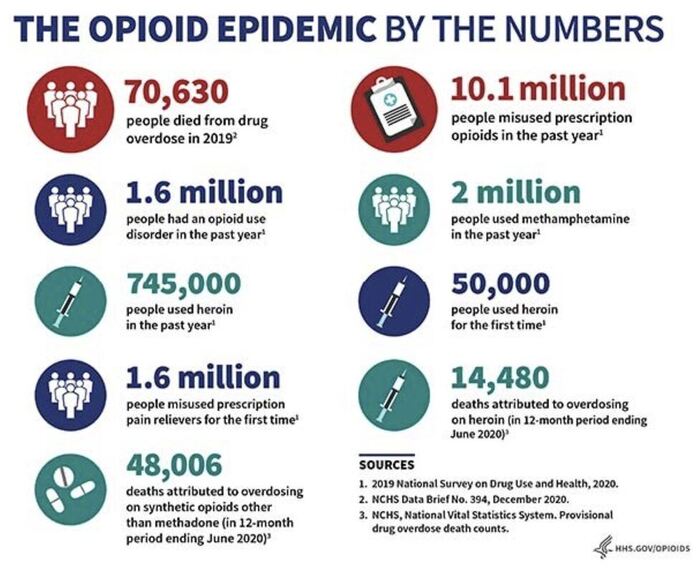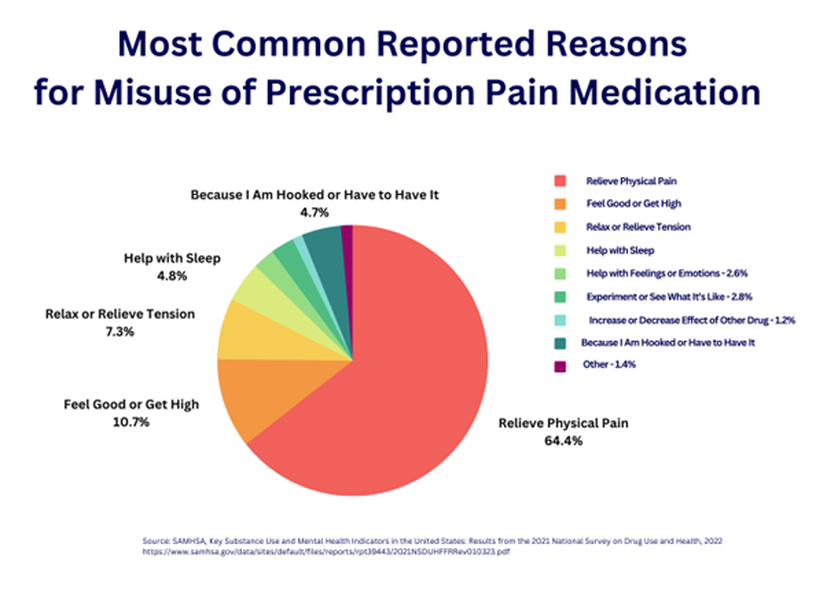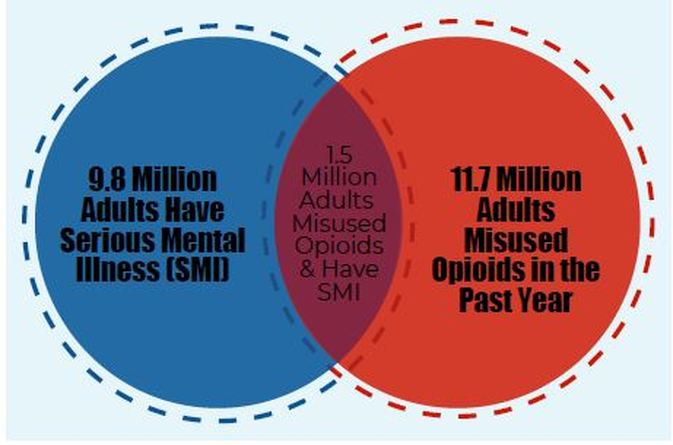What are opioids?
Opioids are natural or synthetic chemicals that are used for pain management. Opioids include prescription drugs (such as morphine, codeine, methadone, and oxycodone), synthetic drugs (such as fentanyl and tramadol), and heroin.
Access a primer on key terms and concepts for understanding the opioid epidemic
Access a primer on key terms and concepts for understanding the opioid epidemic
What do we know about the increased use and misuse of opioids?
Why do people misuse opioids?
The most common reason that adults misuse prescription opioids, according to the 2015 National Survey on Drug Use and Health, is to relieve physical pain. The survey found that other common reasons include a desire to relax, assist with sleep, manage emotions, and increase or decrease the effects of other drugs.
Read what people say about why they misuse prescription drugs (see page 21)
Read what people say about why they misuse prescription drugs (see page 21)
Prevalence of Opioid Use among Adults with Mental Illnesses
Results from the 2015 National Survey on Drug Use and Health reveal that 11.7 million adults (4.8% of the population) misused opioids in the past year, and 9.8 million adults (4%) had a serious mental illness in the past year. Survey results indicate that approximately 1.5 million adults misused opioids and had a mental illness in the past year.
Opioid-Related Deaths
Current Responses to the Crisis
States are using many promising strategies to address the opioid crisis. Approaches include increasing access to substance abuse treatments like Medication-Assisted Treatment (MAT), introducing prescription drug monitoring programs, targeting overdose reversing drugs, improving prescribing practices, and educating patients about non-pharmacological pain management. Many of these strategies are featured below.
The U.S. Department of Health and Human Services offers a comprehensive strategy to combat the opioid crisis. This new strategy promotes groundbreaking research and evidence-informed methods to improve community health and safety. The Strategic Priorities include Primary Prevention, Harm Reduction, and Recovery Support.
Learn more about HHS's strategic priorities & find additional information about the opioid crisis
Learn more about HHS's strategic priorities & find additional information about the opioid crisis
Medicaid is an important tool in addressing the opioid crisis. It provides health care coverage for people who have opioid use disorder, and increases capacity for states to provide treatment and intervention. Medicaid recipients are more likely than those with private coverage or those who are uninsured to successfully receive treatment for substance use disorders.
Explore an infographic about Medicaid’s role in addressing the opioid crisis
Explore an infographic about Medicaid’s role in addressing the opioid crisis
Watch a SAMHSA video on how stakeholders are partnering for
opioid addiction prevention
Views expressed on the Academy for Policymakers web site do not necessarily represent those of our Center or any federal agency. Our mission is to share the latest policy information and the perspectives of a variety of stakeholders without endorsement.


